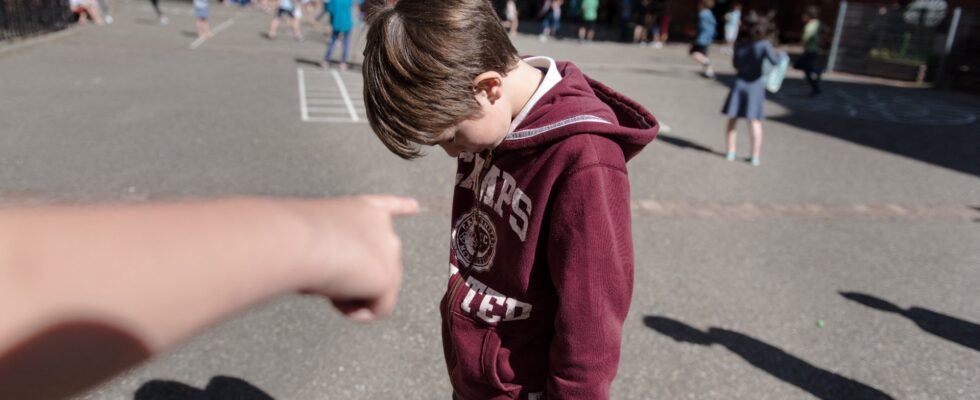Around 16% of children aged 11 to 15 said they had been harassed online in 2022, a figure increasing over four years, according to a study published Wednesday by the World Health Organization (WHO). “This report is a wake-up call that invites us all to fight against harassment and violence, wherever and whenever they occur,” warned WHO director for Europe, Hans Kluge, quoted in a press release. .
15% of boys and 16% of girls said they had been harassed online recently
The previous HBSC study (‘Health Behavior in School-aged Children’), based on data from 2018, reported 13% of cyberbullying in this age group. Physical harassment has remained stable: 11% say they were harassed at school last year compared to 10% of children surveyed four years ago, according to the report published Wednesday. The pandemic has changed the way adolescents interact, noted the UN body.
“Virtual forms of peer violence have become particularly prevalent since the start of the Covid-19 pandemic, when young people’s worlds became increasingly virtual during periods of confinement,” it is noted. According to the new study, 15% of boys and 16% of girls said they had been harassed online in the past few months at least once.
Cyberbullying peaks at age 11 for boys and 13 for girls
The highest levels were recorded among boys in Bulgaria, Lithuania, Poland and Moldova and the lowest by boys in Spain, the WHO said, without giving details. “With young people spending up to six hours a day online, even small changes in rates of bullying and violence can have profound impacts on the health and well-being of thousands of people,” said Hans Kluge.
One in eight teenagers admitted to being harassed online by a peer or peers, a figure up three points since 2018, according to the report. For fights, the data is stable over four years, with 10% of adolescents having been involved in an altercation. The report covers 279,000 children and adolescents from 44 countries and regions across Europe and Central Asia as well as Canada. In most territories, cyberbullying peaks at age 11 for boys and 13 for girls.
In addition, there is mostly no or little difference depending on the socio-professional categories of the parents. Thus, in France, there was only a one point difference between the groups. Canada, however, reported a significant gap whereby the least advantaged were the most harassed. Thus, 27% of girls belonging to the least wealthy 20% of households reported having been victims of bullying at school compared to only 21% of girls belonging to the richest 20%.
The problem is general and it is important that awareness be too, according to the report’s analysis. “It is necessary to invest more in monitoring the different forms of peer violence,” it is written. “There is also an urgent need to educate young people, families and schools about forms of cyberbullying and their implications, while regulating social media to limit exposure to cyberbullying,” the report concludes.
